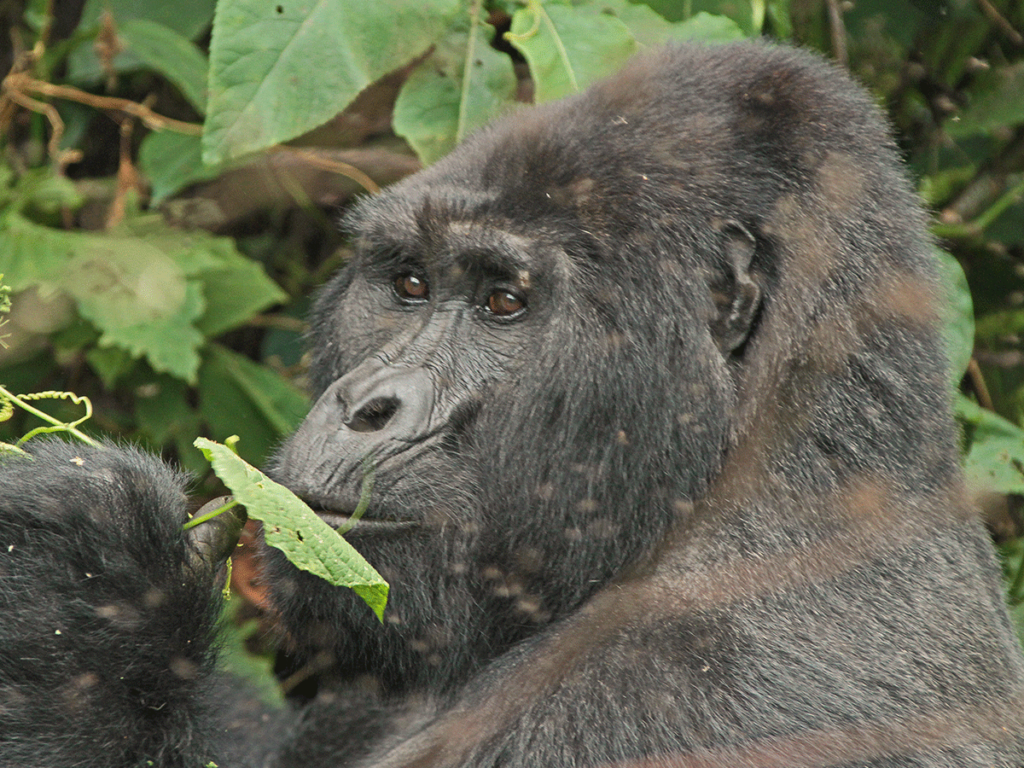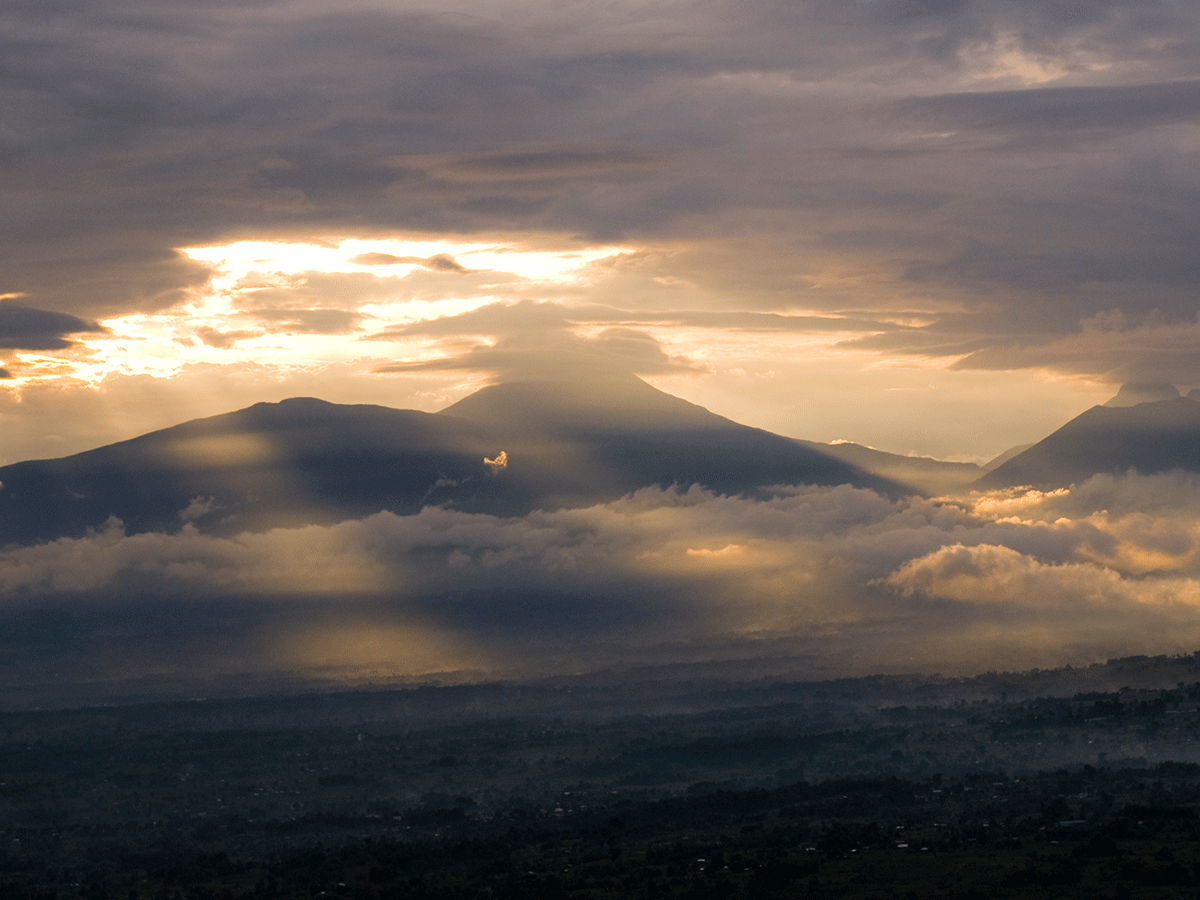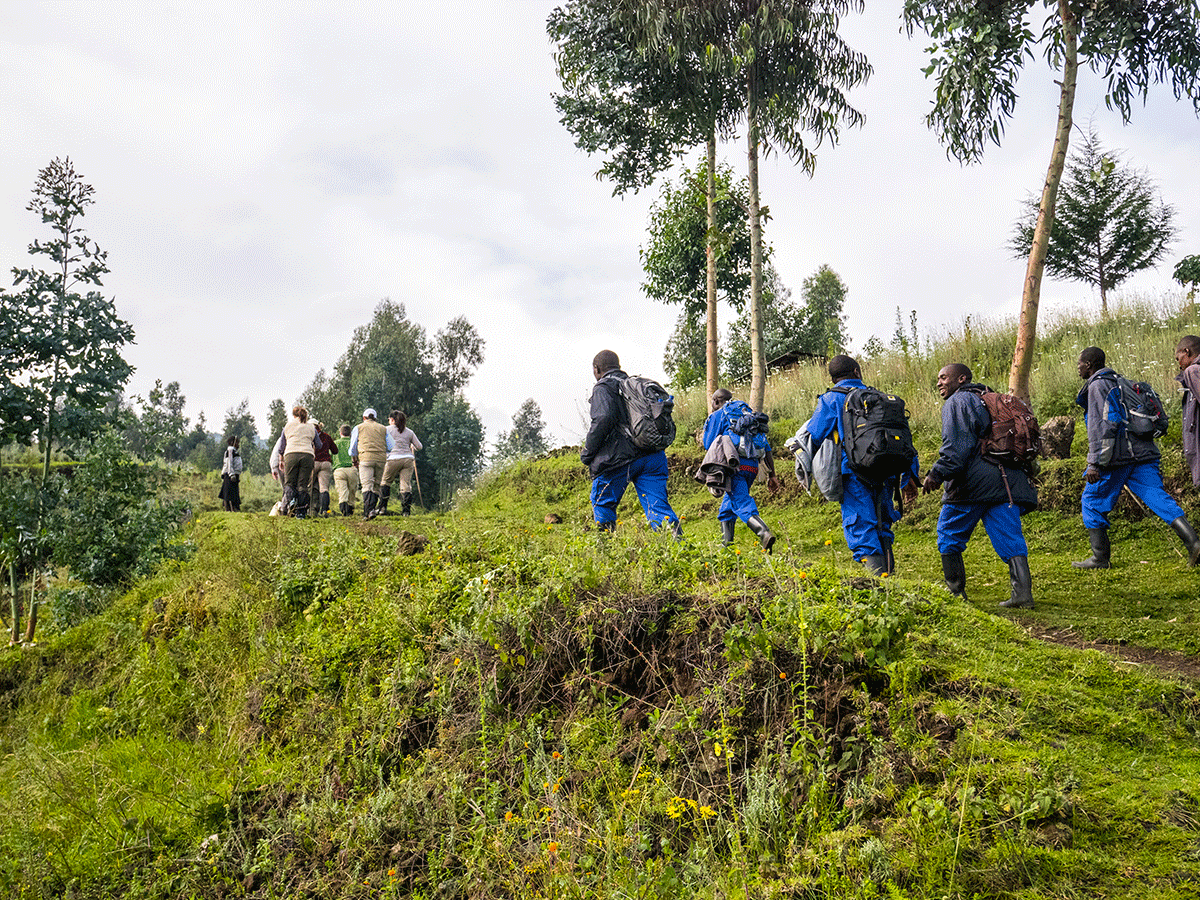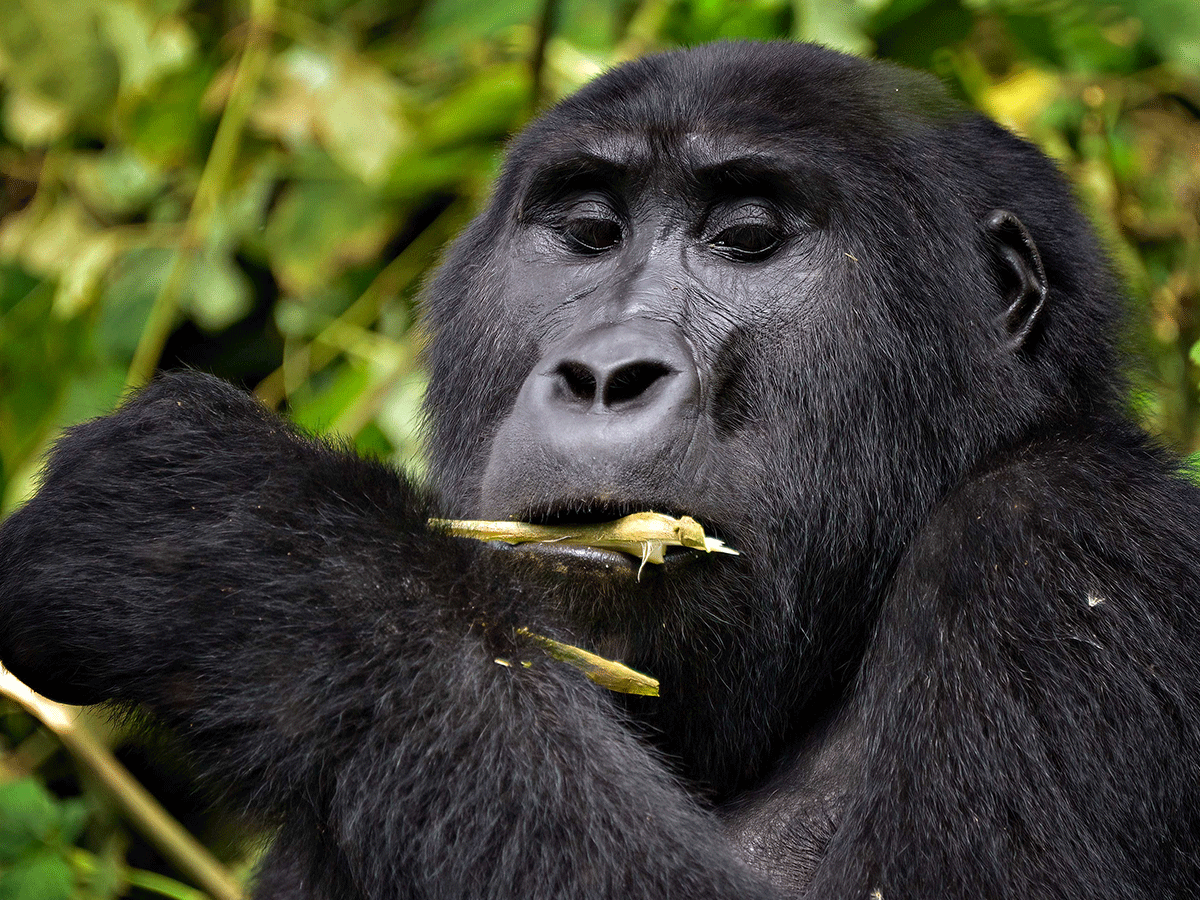Wildebeest Migration Safari Tanzania Kenya
Wildebeest Migration Safari Tanzania Kenya
Tanzania’s Serengeti and Kenya’s Masai Mara ecosystem form the backdrop to one of the most breathtaking events in the entire animal kingdom – The migration is even made more extraordinary by the supporting cast of predators including lions, leopards, hyena, and cheetah. The Serengeti’s southern plains host the highest concentration of predators in Africa during the wildebeest calving season (January-March). The peak of the migration is the epic and spectacular mara river crossing stage in the northern Serengeti with the raging Mara River the largest obstacle to the migration’s progress (July-September/ October depending on the rains). With millions of Hooves tormenting the ground a thunder-like Noise is hard with the dusty cloud as the herds bunch up on the riverbank before taking the plunge; The Nile Crocodiles wait for the drama as the ambitious wildebeest struggle to reach fresh grazing plains in the Masai Mara. Little do they know; the infamous Mara lions form an intimidating viciously waiting across the plains.
The wildebeest
Wildebeest, also called gnus, are members of the antelope family. They are related to oryxes and gazelles. A wildebeest can grow to 2.4 meters (8 feet) in length, and weigh up to 270 kilograms (600 pounds).
Why does the annual wildebeest migration Take Place?
Some scientists believe that the wildebeest are motivated by the chemistry of the grass. The herds are attracted to higher levels of phosphorus and nitrogen, which change in response to the rains. So perhaps the wildebeest are merely following their taste.
Whatever the reason, over 1.5 million animals begin a journey that will undoubtedly cause death to many of their own, but will also bring life to many more animals as they follow the rains in search of green nutrient-rich fields that will sustain the next generation.
Which Animals Participate in the Great wildebeest migration
Over 1.6 million wildebeest will lead the way as the rains approach in the Serengeti in late October or November and this is accompanied by 400,000 Thomson’s gazelle, 300,000 Zebra, and 12,000 Eland. These are the main migratory and they cross the ranges of over a quarter of a million other resident herbivores and, of course, carnivores. The lions, hyenas, leopards, cheetahs, and lesser predators will always follow the migration and this will be observed as more numbers of predators are seen following the wildebeest migration at the beginning of the circle.
Guide to Great wildebeest migration Tanzania & Kenya
The Wildebeest Migration is an all-year-round migration of the wildebeest across the Serengeti and the Masai mara ecosystem, here is our experts’ guide to where the wildebeest are more likely to be during the year.
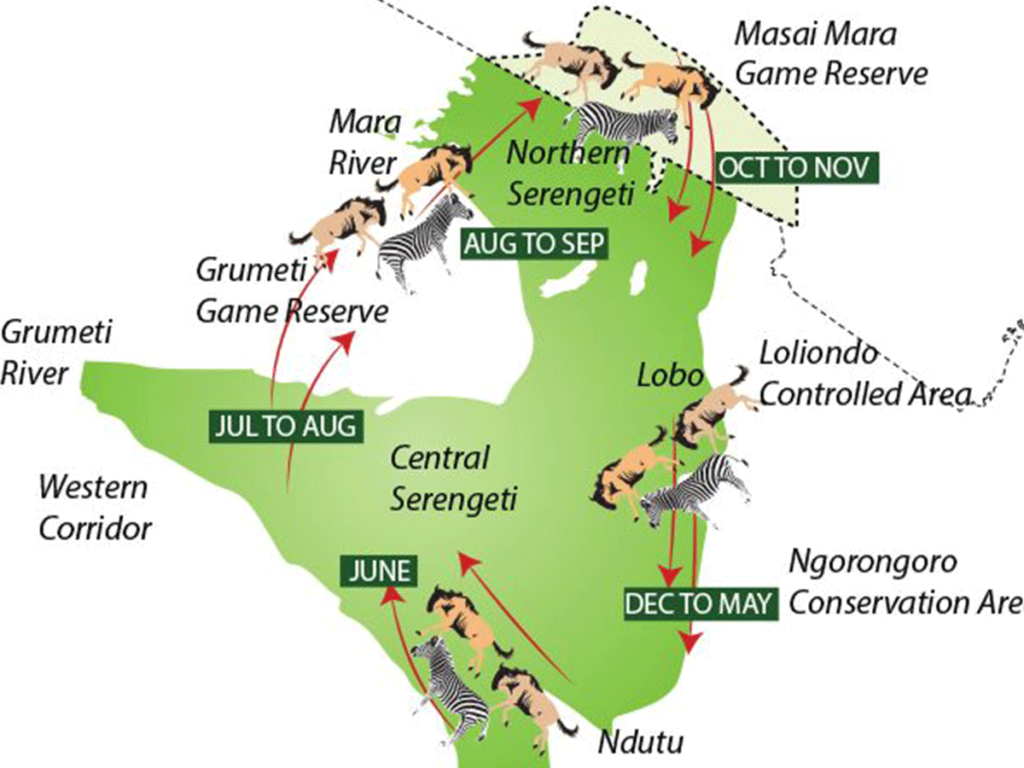
Summery of the Annual wildebeest Migration
| MONTH | WHERE TO GO | EXPERIENCE |
|---|---|---|
| Jan - March | Ndutu area & Southern Serengeti | Calving season |
| April - June | Western & Central Serengeti | Wildebeest Rut |
| July - September | Northern Serengeti & Masai Mara Kenya | River crossing |
| October-December | Serengeti &Masai mara or on the Move to Southern Serengeti |
Detailed breakdown
January
In January, wildebeest and zebra herds continue to move south, mostly along the eastern edge of the Serengeti toward the fresh short grasses of the Ndutu plains, while much of the migration has already arrived in the southern Serengeti near Lake Ndutu where the animals will graze and prepare to drop their young. Large herds dot the plains as far as the eye can see and predators watch the herds closely.
February
In February, the calving season is in full effect as huge herds of wildebeest dot the vast grassy plains of the southern Serengeti and Ngorongoro Conservation Area, all dropping their young in a two- to a three-week span of time, with predators ever-present and ready to hunt the weak and vulnerable members of the herds.
March
In March, the herds of nearly two million wildebeest and zebra remain fairly stationary; feasting on fresh grasses in the southern plains of the Serengeti and Ndutu, as their new calves grow stronger and prepare to move north. A hot-air balloon safari over the plains is a great way to get a perspective on how truly massive the herds are.
April
In April, the herds begin to journey north toward the central and western sectors of the Serengeti national park and the Grumeti River. Many camps close this month for maintenance, as April also marks the beginning of the long rains in East Africa. With the migration on the move, it can be a good time to stay in central Serengeti.
May
In May, the migration pushes northwest into the western corridor of the Serengeti the herds tend to stagger, with some arriving in the western reaches of the park near the Grumeti River first, while others can still be found farther south and near the central area of the park. Those that reach the western edge first tend to venture into the private Grumeti Reserve bordering the park. At the end of the month, they begin to form a mega-herd again.
June
In June, a large migration herd is formed in the western Serengeti on the southern banks of the Grumeti River, with some smaller groups farther east in the central Seronera area of the park. The wildebeest and zebra tend to grow into a mega-herd before crossing the crocodile-filled Grumeti River to continue north. June also begins the rutting, or breeding, the season for the wildebeest, creating a lot of activity and excitement amongst the herds, as males exhibit their prowess and fight for female favor.
July
In July, as available grasses are exhausted and begin to dry, the herds move northward for fresh grazing. With some of the herd still in the Western Serengeti and Grumeti Reserve, they continue to move northeast in search of greener plains, many arriving at the Mara River and Lamai Triangle in the northern Serengeti in mid-to late-July. These front-runners may begin the treacherous crossing of the crocodile-filled Mara River, while others graze in the northern Serengeti.
August
In August, wildebeest and zebra herds begin their annual crossing of the Mara River, which cuts across the northwest corner of the Serengeti and up through the Masai Mara. They continue in search of fresh grasses on the other side of the river. While herds pour across the unfenced border into Kenya, some also stay in the northern Serengeti, though river crossings, though unpredictable, can be seen almost daily at this time of year.
September
In September, the migration herds continue to arrive and feed on the grasses in Kenya’s greater Masai mara viewing wildebeest and zebra crossing the Mara River in herds is also still a common occurrence. The abundant local wildlife only enhances the overall experience, and this is simply an excellent time of year to be in Kenya.
October
In October, the migration can still be found in the Masai Mara and northern Serengeti as herds continue to graze in large numbers with lions and other predators always in the vicinity. River crossings can still be seen on occasion. As the short rains begin to brew toward the end of October, the first of the herds begin to journey back south along the eastern edge of the Serengeti and Loliondo following new grasses.
November
In November, the short rains have begun to fall, and the bulk of the migration herds move quickly south with the goal of reaching the short-grass plains once again. The mega-herd breaks into pockets of wildebeest and zebra that can be found in the northern Serengeti moving to the central Seronera plains, while many are found along the eastern border near the private reserves of Loliondo.
December
In December, the migration continues moving south toward the short-grass plains of Ndutu in the Ngorongoro Conservation Area. Some herds can be spotted in the central and eastern Serengeti as they move south, while early arrivals can be found already in Ndutu feasting on fresh grasses. This is a nice time to see large herds thundering across the plains and beginning to gather in the south.
Where to stay in Masai mara and Serengeti to see the wildebeest migration
Each year, more than 1.5 million wildebeest trek from Serengeti to Masai Mara and back again in search of fresh grazing. Their crossing of the Mara River is the climax of this odyssey, a spectacle filled with drama, The Mara Triangle is one third of the Maasai Mara National Reserve, with an area of 510 km². It has two natural borders and one political; to the southwest is the Tanzania/Serengeti border, to the east is the Mara River, and to the northwest is the Oldoinyio Escarpment (also called Oloololo or Siria Escarpment).
The Kogatende area in the northern Serengeti is a great place to catch the migration, between July and October but with July and August typically the peak months. There is a permanent pride of lions in the area that you can see year-round, along with other leopards and cheetahs.
Best time to see the wildebeest migration in East Africa
July through November is traditionally considered the best time to view the Great Migration. Between July and August, the wildebeest move in masses into Kenya's Maasai Mara, crossing the Mara River in staggering numbers. For travelers, river crossings rank among the most sought-after moments of the Great Migration.
START PLANNING YOUR SAFARI NOW!
Talk to one of our African adventure experts and let them tailor-make your safari
You might also be interested in...
Our experts have hand-picked further safari packages to suit your adventure dreams.
Inspirational journeys
